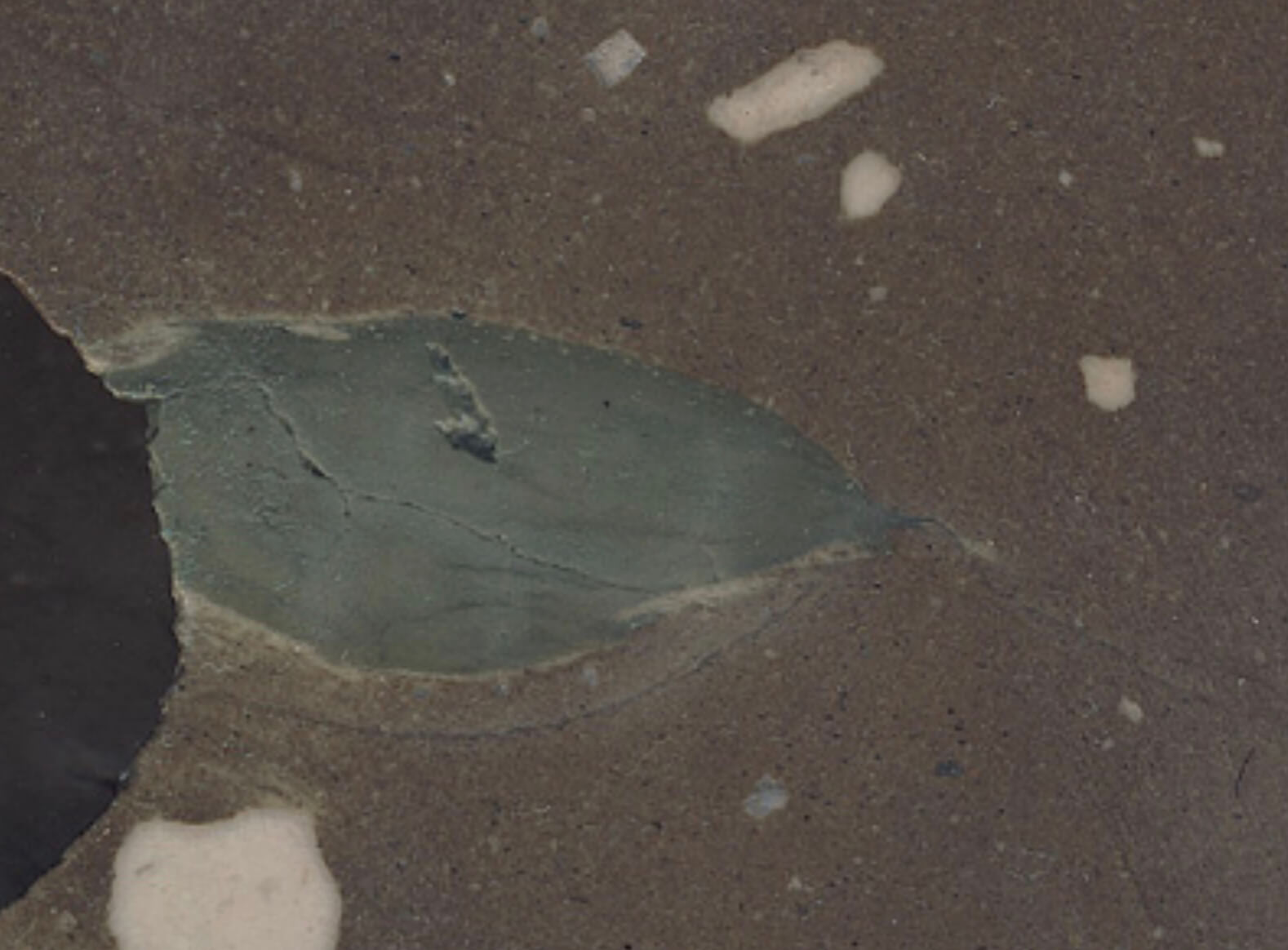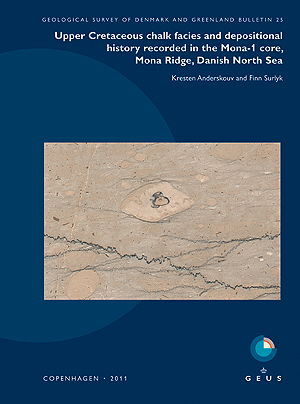
How to Cite
Share
Abstract
The 331 m long core from the Mona-1 well in the Danish North Sea spans almost the entire Upper Cretaceous Chalk Group but only about 10% of Late Cretaceous time is represented. The succession comprises 14 facies representing pelagic deposition, turbidity flow, and mass-transport processes, including mudflow, debris flow, and slumping. Pelagic deposits vary mainly in terms of the concentration of siliciclastic material, the trace-fossil assemblage, and the presence or absence of primary sedimentary structures. Pelagic sedimentation was probably punctuated by the deposition of thin turbidites, and the resultant deposits were thoroughly bioturbated if deposited during normal oxygenation at the sea floor. Periodic benthic dysoxia resulted in the preservation of primary structures, as represented by laminated chalk which consists of thin pelagic laminae alternating with thin turbidites. In addition to the thin turbidites in the laminated chalk, four different turbidite facies are interpreted as representing high- to low-energy flows. Clast-supported chalk conglomerates have previously not been differentiated from other turbidites, but are here interpreted to be directly related to the down-slope evolution of debris flows. Debris flows are represented by matrix-supported conglomerates, which form one of the most common facies in the succession. High-concentration, gravity-driven suspension flows passed into dilute visco-plastic flows during the final stages of deposition and resulted in the deposition of structureless chalks. Limited shear deformation produced distinct quasi-facies from which the precursor facies can be deduced, whereas intense or continued shear deformation produced a shear-banded quasi-facies from which the precursor facies cannot be deduced in all cases. A series of major slump packages (14–18 in total) are interpreted, forming over 40% of the succession; debrites appear to be the most common precursor facies involved in slumping. The vertical succession of facies records an earliest Cenomanian facies shift from dominantly siliciclastic to chalk deposition. The Cenomanian – late Campanian period was dominated by erosion or sediment by-pass with minor associated mass-transport deposits preserved. Basin filling by pelagites and turbidites prevailed in the late Campanian, whereas Maastrichtian pelagic deposition was interrupted by increasingly frequent and voluminous mass-transport events.
How to Cite
Share
Copyright (c) 2011 Kresten Anderskouv, Finn Surlyk

This work is licensed under a Creative Commons Attribution 4.0 International License.
Downloads
Kresten Anderskouv and Finn Surlyk
Upper Cretaceous – Danian chalks form important hydrocarbon reservoirs in the North Sea, contributing significantly to the national economies of Denmark, Norway and the United Kingdom. Understanding the process of chalk sedimentation thus has implications not only for charting the evolution of the Cretaceous chalk sea, [...]









